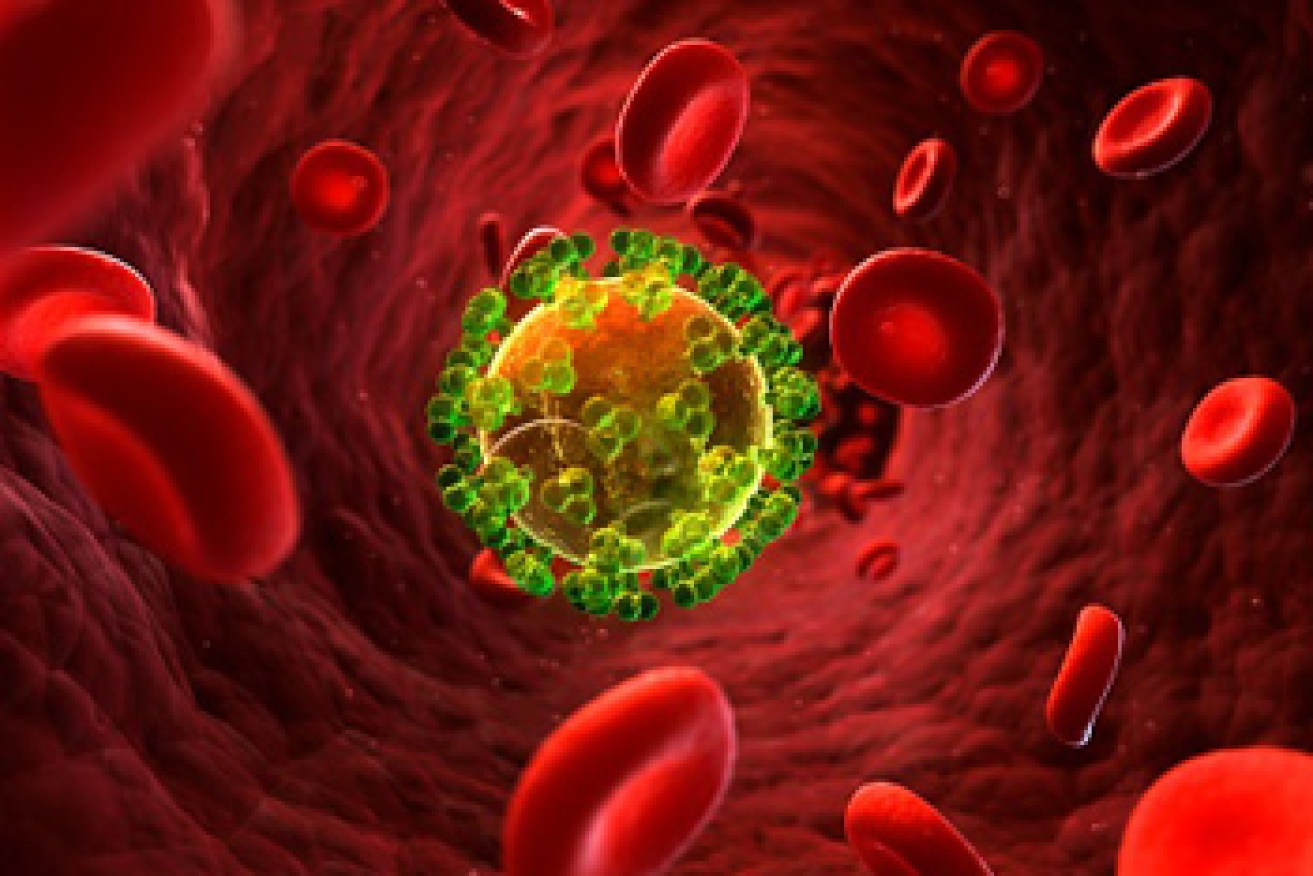What is HIV and AIDS?


HIV is a blood-borne virus most often transmitted via sex or syringes. Photo: Getty
 HIV (human immunodeficiency virus) is a medical condition that weakens the body’s system that fights against disease and infection.
HIV (human immunodeficiency virus) is a medical condition that weakens the body’s system that fights against disease and infection.
Carriers may not experience any symptoms, but those who do experience ‘flu-like’ symptoms, such as fever, swollen glands or lymph nodes, night sweats and muscle aches.
After this initial phase, the virus typically becomes less active in the body – for as long as 10 years – without symptoms.
• Why you shouldn’t give your 16yo a beer
• Stop body shaming: it hurts us all
• ‘Diabetes epidemic’ could cripple health system
It precedes AIDS (acquired immunodeficiency syndrome), a condition that signals a huge deterioration in the immune system to levels where it cannot fight off various infections and cancer can take hold.
AIDS is the final stage of HIV infection. It cannot occur without infection by the HIV virus.
A person is classified as having AIDS when their count of infection-fighting white blood cells (CD4 cells) drops dangerously low.
A healthy adult will have a CD4 count of between 500 and 1200 cells per cubic millimetre. A count of less than 200 cells per cubic millimetre is one indication HIV has progressed to AIDS.
HIV can be passed between individuals through blood or body fluids. In Australia, the virus is most commonly spread through sexual contact or the sharing of syringes.
While most (70 per cent) of transmission in Australia occur between men, a substantial portion (19 per cent) were attributable to heterosexual sex, the Kirby Institute reported this year.
There is no cure for HIV. Without treatment, it will always progress to AIDS.
The good news is, medical advances now mean the quality of life for infected individuals can be significantly improved.
Antiretroviral therapy suppresses the HIV infection with a mixture of medications, which improve health and survival rates and reduce the risk of transmission.
The number of AIDS diagnoses peaked in Australia at 953 cases in 1994, before effectively declining (when compared to population growth) to 1,081 last year, thanks to the introduction of antiretroviral (ARV) treatment.
Almost all (92 percent) of HIV-positive patients received ARV therapy were estimated to have undetectable levels of the virus.
Pre-1990, the mortality rate of AIDS sufferers was estimated to be 137.84 times higher than would be expected in the general population. Between 1990 and 1996, the mortality rate fell to 28.64 times higher than the general population. Between 1996-2003, it fell again, but was still 4.55 times higher, according to a study published in Sex Health in 2009.
-with Jackson Stiles








